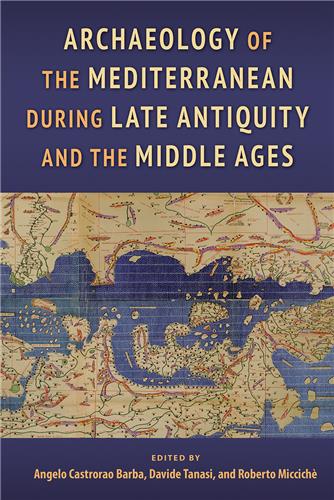This volume describes the ways Native American populations accommodated and resisted the encroachment of European powers in southeastern North America from the arrival of Spaniards in the sixteenth century to the first decades of the American Republic. Tracing changes to the region’s natural, cultural, social, and political environments, Charles Cobb provides an unprecedented survey of the landscape histories of Indigenous groups across this critically important area and time period.
Buy Books: browse by title
A - B - C - D - E - F - G - H - I - J - K - L - M - N - O - P - Q - R - S - T - U - V - W - X - Y - ZPlease note that while you may order forthcoming books at any time, they will not be available for shipment until shortly before publication date
Drawing on material evidence from daily life in a coal-mining town, this book offers an up-close view of the political economy of the United States over the course of the twentieth century. This community’s story illustrates the great ironies of this era, showing how modernist progress and plenty were inseparable from the destructive cycles of capitalism.
This volume takes a holistic approach to the American Revolutionary War era, drawing on perspectives from archaeology and related disciplines to illuminate the multifaceted nature of the conflict.
The Cold War was one of the twentieth century's defining events, with long-lasting political, social, and material implications. It created a global landscape of culturally and politically significant artifacts and sites that are critical to understanding and preserving the history of that conflict. The stories of these artifacts and sites remain mostly untold, however, because so many of the facilities operated in secret.
Originally prepared as a report for the National Park Service in 1988, John Griffin’s work places the human occupation of the Everglades within the context of South Florida’s unique natural environmental systems.
The first comprehensive discussion of the historical archaeology of homelessness, this book highlights the social complexities, ambiguities, and significance of the home and the unhomed in the archaeological record.
In this book, John Franzen surveys archaeological studies of logging sites across the nation from the nineteenth and twentieth centuries, explaining how material evidence found at these locations illustrates key aspects of the American experience during this era.
This book presents multidisciplinary perspectives on Greece, Corsica, Malta, and Sicily from the fourth to the thirteenth centuries, an often-overlooked time in the history and archaeology of the central Mediterranean.
Including research from historical archaeologists and a case study of the Fort St. Joseph trading post in Michigan, this innovative work highlights the fur trade's role in the settlement of the continent, its impact on social relations, and how its study can lead to a better understanding of the American experience.











